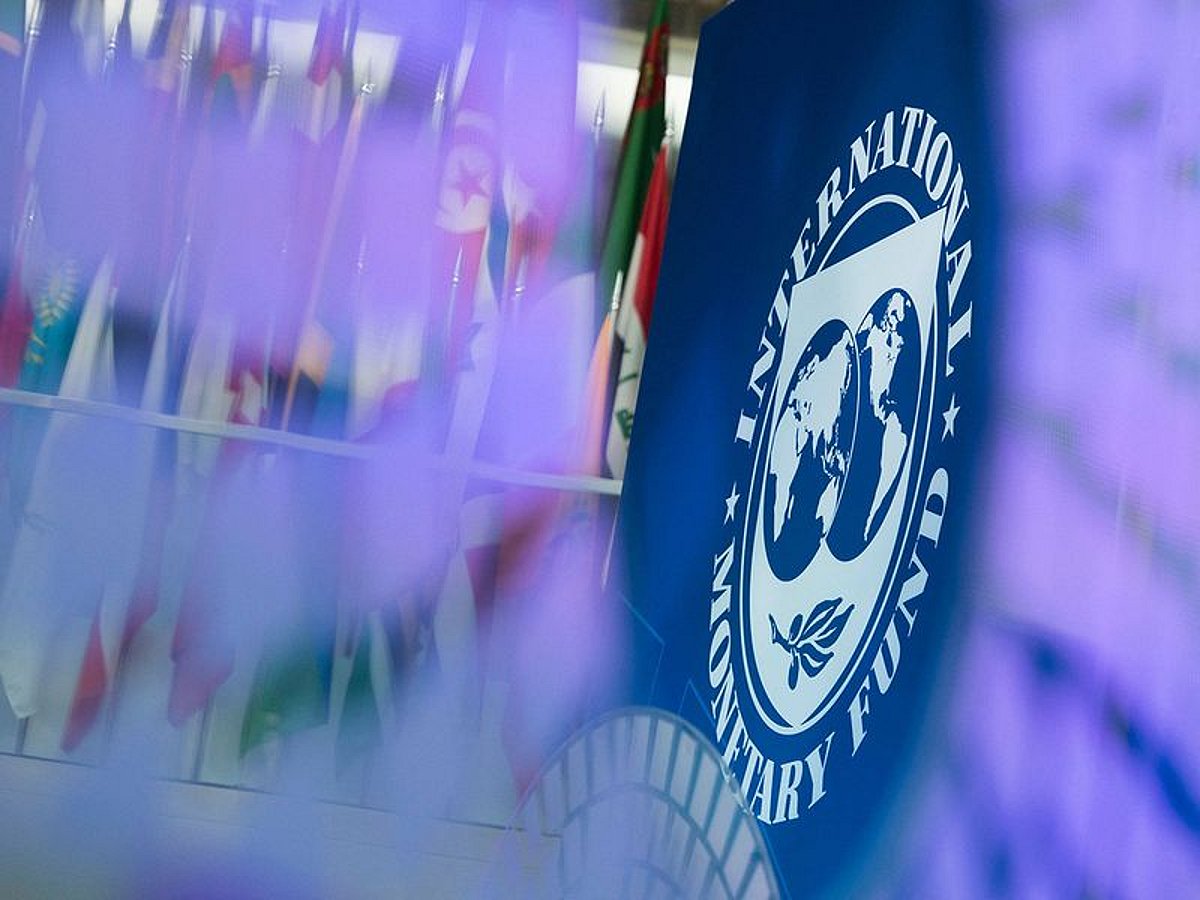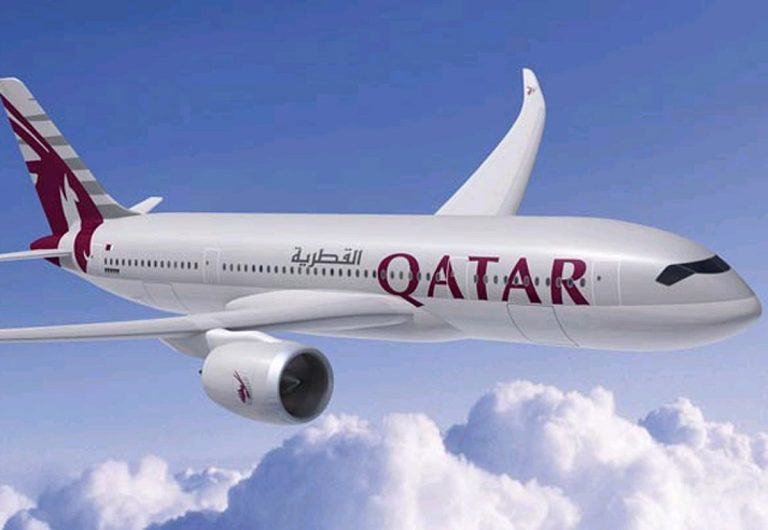IMF Increases MENA Growth Forecast to 3.2% for 2025
The International Monetary Fund (IMF) has updated its growth projections for the Middle East and North Africa (MENA) region, reflecting stronger-than-anticipated economic activity in 2025. The IMF now forecasts a GDP growth rate of 3.2% for the region this year, a significant increase from the previous estimate of 2.1% in 2024. This upward revision is attributed to a combination of factors, including robust oil production, resilient domestic consumption, and ongoing structural reforms.
Economic Drivers Behind the Growth
During a media briefing in Dubai, Jihad Azour, the Director of the IMF’s Middle East and Central Asia Department, highlighted the region’s resilience in the face of global uncertainties and geopolitical tensions. He noted that while trade restrictions and tariffs have raised concerns, their impact has been minimal and temporary.
For oil-exporting countries, growth is projected to reach 3% in 2025 and 3.4% in 2026, primarily driven by increased oil production as OPEC+ begins to unwind its voluntary cuts. Azour emphasized that the region’s growth is not solely reliant on oil, stating, “Diversification efforts, especially across the Gulf Cooperation Council (GCC), are gaining traction, with non-oil sectors increasingly contributing to job creation and economic stability.”
Sectoral Contributions to Growth
Oil prices are expected to average around $69 per barrel in the coming year, which will bolster fiscal balances and support diversification initiatives in key economies like the UAE, Saudi Arabia, and Qatar. Additionally, financial hubs such as Dubai are benefiting from increased trade and logistics activities, further enhancing the service sector’s performance.
In contrast, oil-importing nations like Egypt, Jordan, and Morocco are anticipated to see growth rates of 3.5% in 2025 and 4.1% in 2026. This recovery is fueled by lower commodity prices, strong remittance inflows, a thriving tourism sector, and improved agricultural output. Azour noted that ongoing macroeconomic stabilization and structural reforms are vital for these economies to build resilience and improve their outlook.
Inflation and Financial Conditions
Inflation rates are showing signs of moderation across most MENA economies, thanks to tighter monetary policies and declining food and energy prices. The IMF also reported improved financing conditions, with narrowing sovereign spreads and several countries regaining access to international markets. Regional bond issuance is projected to reach nearly $30 billion this year, significantly exceeding recent averages and indicating renewed investor confidence.
Risks and Recommendations
Despite the positive outlook, Azour cautioned against complacency. He highlighted that global uncertainties, potential tightening in financial markets, and ongoing geopolitical tensions pose significant risks. Countries with substantial financing needs or banking systems heavily reliant on sovereign debt may face challenges if borrowing costs rise.
The IMF recommends that governments take advantage of the current economic expansion to rebuild fiscal and external buffers while continuing reforms that reduce state involvement, empower the private sector, and enhance financial markets. Azour stated, “The current growth momentum offers a valuable window of opportunity to rebuild buffers and accelerate reforms.”
Inclusive Growth and Future Opportunities
The IMF’s regional outlook emphasizes the need for policies that promote inclusive growth, particularly by expanding opportunities for youth and women, improving education and healthcare, and broadening access to finance. Azour also pointed out that advancements in digitalization and artificial intelligence present additional opportunities to boost productivity and reduce income disparities.
In conflict-affected regions such as Yemen, Sudan, and parts of the Levant, there are signs of cautious progress, supported by ceasefires and targeted international aid. The IMF stresses that early macroeconomic stabilization, access to financing, and stronger institutions are essential for sustaining recovery in these areas.
FAQs
What is the new growth forecast for MENA in 2025?
The IMF has raised its growth forecast for MENA to 3.2% for 2025, up from 2.1% in 2024.
What factors are driving this growth?
Key factors include increased oil production, resilient domestic demand, and ongoing structural reforms, particularly in the GCC countries.
How are inflation rates affecting the MENA economies?
Inflation is moderating across most MENA economies due to tighter monetary policies and falling food and energy prices, contributing to improved financial conditions.
Conclusion
The IMF’s revised growth forecast for MENA reflects a resilient economic landscape bolstered by diversification and structural reforms. While challenges remain, particularly from global uncertainties, the region has a unique opportunity to strengthen its fiscal foundations and promote inclusive growth. Policymakers are encouraged to leverage this momentum to ensure sustainable development moving forward.
Also Read:
Cooler Weather and Rain Expected Across UAE Regions







